
Learn how to start foreign & international coin collecting and begin with Canadian coins. Know more about the significance of Canadian coins to the history and culture of the country.
Among the most popular world coins are Canadian coins. Canada currency does not only bear natural treasures and wildlife on coins, it also speaks of Canada’s journey in history.
Facts about Canadian coins
• Canadian coins are issued by the Royal Canadian Mint and are produced in the mint house located in Winnipeg, one of the largest cities in Canada.
• Canadian coins express a high sense of nationalism – the obverse or “heads” of the coin displays the image or portrait of the current monarch, thus showing honor to their government.
The reverse, on the other hand bears images of natural treasures such as wildlife that are endemic to Canada, the Canadian coat of arms, and the historical Bluenose – a sailing vessel which is the symbol of Nova Scotia, a province in Canada.
• There are seven denominations in the Canadian money coins that are circulating today. All of which bear the image of Queen Elizabeth II on the obverse.
• The Royal Canadian Mint started to issue commemorative coins in the year 2000.
• Canadian commemorative coins are known all over the world for their spectacular eye appeal and highly innovative designs. Such coins are considered real treasures by numismatists.
The Royal Canadian Mint made history in 2004 when it issued 30,000,000 pieces of world’s first colored circulation coin. Aside from colored coins, the mint also produces triangle coins and tokens for limited mintage.
| Face Value | Reverse | Composition | Weight | Diameter | Edge |
| 1 cent (penny) | Maple leaf | Steel, nickel, and copper plating | 2.35 g | 19.05 mm | Plain |
| 5 cents (nickel) | Beaver | Steel, copper, and nickel plating | 3.95 g | 21.2 mm | Plain |
| 10 cents (dime) | The Bluenose | Steel, copper, and nickel plating | 1.75 g | 18.03 mm | Milled |
| 25 cents (quarter) | Caribou | Steel, copper, and nickel plating | 4.4 g | 23.88 mm | Milled |
| 50 cents(half dollar) | Canadian Coat of Arms | Steel, copper, and nickel plating | 6.9 g | 27.13 mm | Milled |
| 1 dollar (loonie) | Common loon | Nickel with bronze plating | 7 g | 26.5 mm | Plain (eleven-sided) |
| 2 dollars (toonie) | Polar bear | Ring: nickel Center: copper, aluminum, nickel | 7.3 g | 28 mm | Intermittent milled / smooth |
The 1947 Maple Leaf
As said, the Canadian coinage is in itself historical journey; one proof to this is the mintage of the 1947 Maple leaf.
Canadian coins minted in 1947 had the words engraved on the surface “GEORGIVS VI D:G:REX ET IND:IMP” or Dei Gratia Rex et Indiae Imperator which means George VI, By the Grace of God, King and Emperor of India.
The “ET IND:MP” wording on the currency had to be removed when India gained its independence from the United Kingdom in 1947. Canada, being part of the Commonwealth Realm and sharing the British monarchy, was affected by such change in coinage.
But the 1948 coin dies (metal stamping tool used to engrave a coin design) were not readily available. At this time, there was a great demand for coins from the public.
To answer the demand, production of coins had to resume but using the 1947 coin dies. Engraving a maple leaf by the side of the stamped date distinguished the 1948 pieces from the earlier coins. As soon as the 1948 dies arrived, normal coins were produced.
How to collect Canadian coins
1.) Know facts about Canadian coins
Knowledge about Canadian coins will guide you both in choosing the right types of pieces for your collection and in protecting yourself from avoidable mistakes such as buying fake Canadian money or dealing with fraudulent Canadian coin dealers.
Learn the history of Canadian coin collecting and the developments of modern Canadian coin market through reading books, magazines, and articles found on the web. Examples of published materials about Canadian coins are Standard Catalogue: Canadian Coins, The Royal Canadian Mint and Canadian Coinage: Striking Impressions, Canadian Coin News, and more.
Many serious collectors enroll themselves in Canadian Numismatic Correspondence Course just to get sufficient and expert knowledge.
2.) Decide what types of Canadian currency to collect
Collecting Canadian circulating coins can be a good start. You can gather loonies, toonies, or one cent coins with different mint dates.
The Royal Canadian Mint continues to produce different types of collectible Canadian coins such as commems and tokens for you to choose from. Canadian gold coins and silver coins are also famous and valuable collectable pieces.
3.) Consider coin grading
One factor that makes a coin valuable is the grade or condition of the coin. If you have a precious Canadian coin, consider having it evaluated and graded by a certified coin grader. Coin grading should be done only by professionals for a grade to be considered acceptable to numismatists.
4.) Care for your collection of Canadian coins
Collecting Canadian coins is not just about buying pieces for the collection but also about taking care of them. Protect your coins from moisture, air, oils, and other elements by placing them in coin display cases, albums, and folders.
It is also a must that you have the necessary coin collecting supplies in handling, mailing, storing and pre-grading your coins. For example are coin gloves, magnifiers, plastic flips, and more.

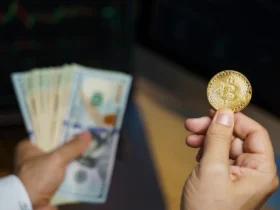


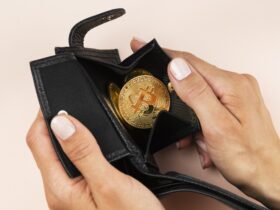
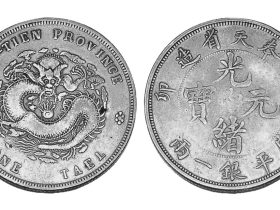
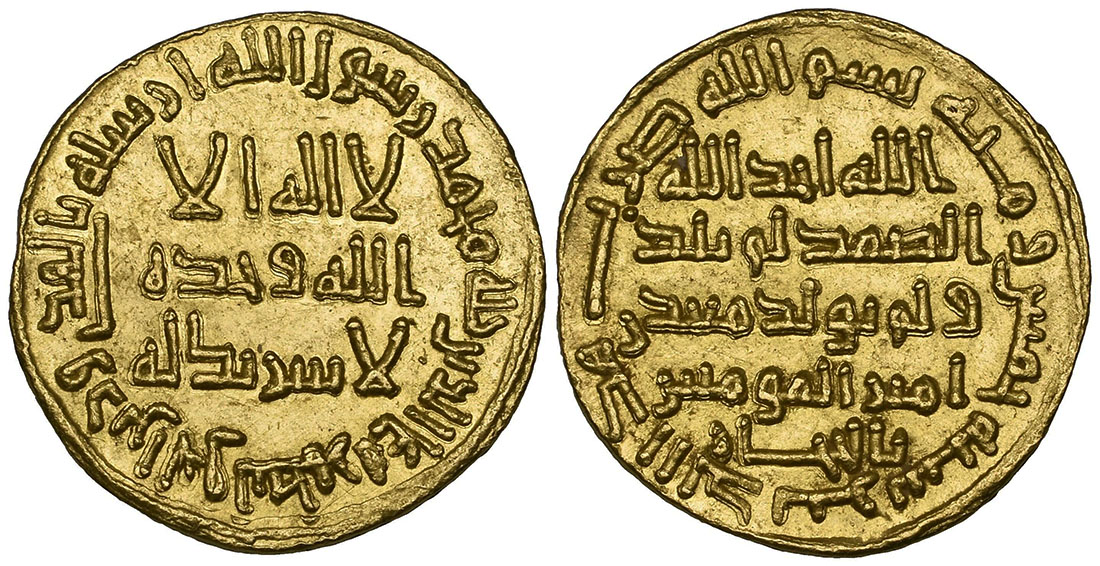

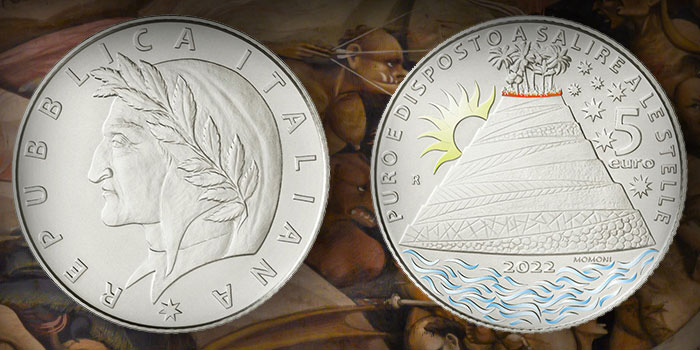

Leave a Reply